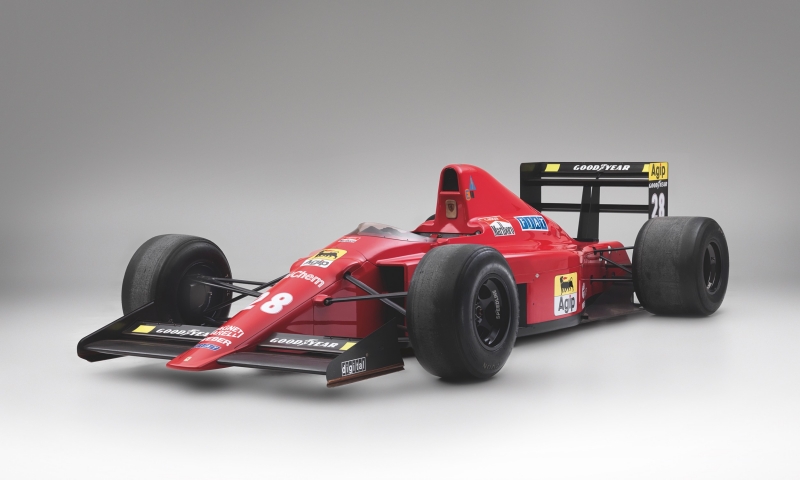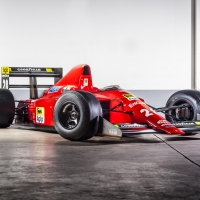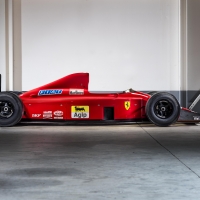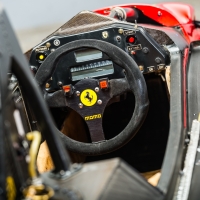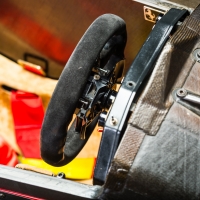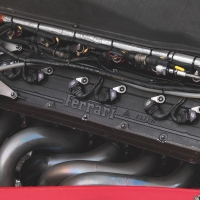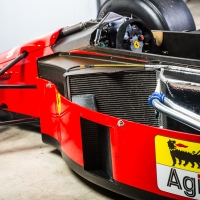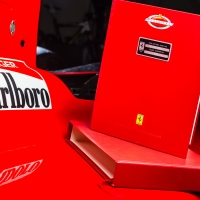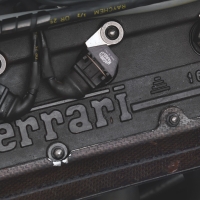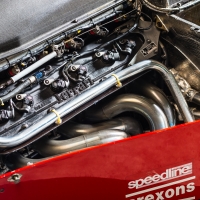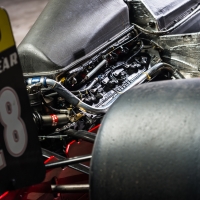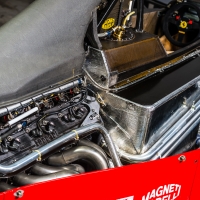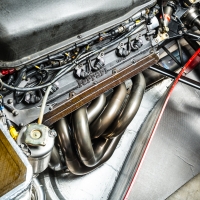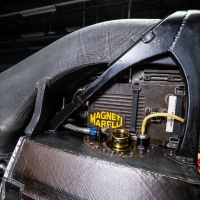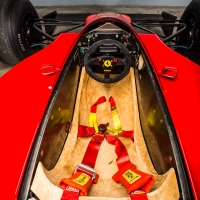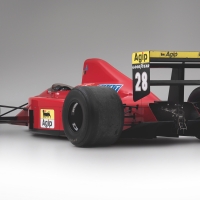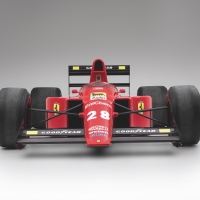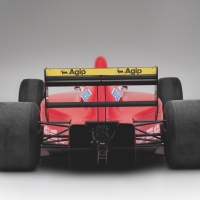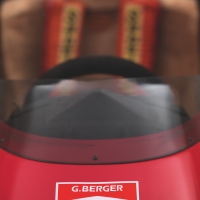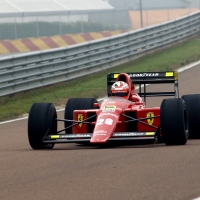Description
This breath taking Ferrari 640 F1 is chassis 110, a car that was driven during the 1989 season by Gerhard Berger at the following Grand Prix :
- Mexico
- USA
- Canada
- Great Britain
- Germany
Despite excellent qualifyings Berger was plagued that year with mechanical issues and did not finish those races.
Chassis 110 subsequently spent some time as a static car until it was brought to Ferrari F1 Clienti in 2011 and made ready again. The state of the art restoration work resulted in a Classiche certification. Since then it has been driven very sparingly and only covered 150km. Its future owner can take to the track with confidence in the race preparation that has been carried out.
It is hard to describe the emotion one feels from standing near this beautiful machine, representing the golden era of the « Coke bottle » design, the return to the lost paradise of the V12 atmospheric engines and a design destined to play a part in the the Prost-Senna contest. A unique opportunity to make an acquisition that would be a major addition to any collection.
Model history
In the mid 80s Ferrari’s fortunes in F1 were at a low ebb and the World Championship success of Jody Schectker in 1979 and the 1982-1983 manufacturers’ titles were distant memories. Ferrari’s last victory was at the 1985 German Grand Prix. However in 1987, John Barnard was offered carte blanche to design the new Ferrari cars. Barnard was then at the pinnacle of his career having designed all the McLaren MP4s which reigned supreme in the F1 championship in hands of Lauda and Prost. Barnard’s agreement with Ferrari was quiet singular in the way that he would not move to Maranello and the cars would be designed in the UK by his company called the Guildford Technical Office (a play on words referring to Ferrari’s iconic GTO road car). Barnard knew he would struggle to beat McLaren until the era of tubocharged engines came to an end in 1988 following a change in regulations. Consequently he strategically focused his efforts on the 1989 car, one of the most revolutionary in F1.
The car that was created from Ferrari project 640 was mechanically a fantastic piece of engineering, with new head of engines Claudio Lombardi opting for a lightweight V12 with 4 camshafts and 5 valves per cylinder (three inlet and two exhaust). It produced 600 BHP at 12,500 rpm and reached close to 650 BHP at 14,000rpm by the end of the season.
Mated to it was the first ever 7-speed gearbox in Formula One. In addition, this gearbox was revolutionized by the introduction of a semi-automatic « electro-hydraulic » gear shifting mechanism with paddles mounted behind the steering wheel, an innovation pushed by John Barnard. The main reason for this design change was however aerodynamic, as it allowed the removal of the bulky stick shift within the cockpit, along with its mechanical linkage to the gearbox, located at the rear of the car.
The chassis was in Carbon / Kevlar and the body work a master piece probably one of the most beautiful and pure F1s ever. This was the era of the « Coke bottle » design, named after those very curvaceous side pods and the sleek pointed nose that are so distinctive on the 640 F1 car.
Reliability was a major issue, especially concerning the semi-automatic gearbox, until Ferrari eventually determined that a lack of power from the battery was the major culprit. At the end of June, with the help of experts from the team's long standing partner Magnetti Marelli, the problem was fixed, and retirements due to the gearbox were dramatically decreased.Even so, that didn't mean it was flawless, and retirements were quite frequent. However, when it did finish ( 9 times out of 32 starts ) it finished on the podium. Mansell took victories at Brazil and Hungary and Berger another one at the Portuguese Grand Prix.
The revolutionary 640 was extremely fast and a well conceived car, sowing the seeds for a Ferrari rebirth for the 1990 season. But Barnard left Ferrari for Benetton in the end of 1989, leaving this model as the most accomplished Ferrari he gave his name to.

